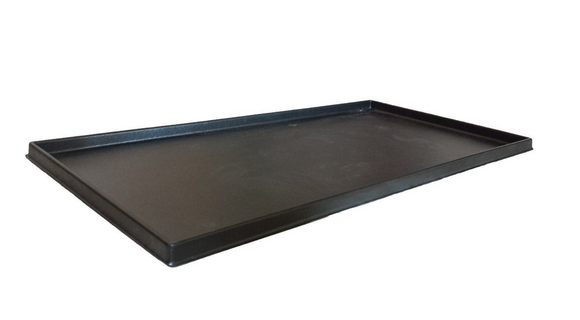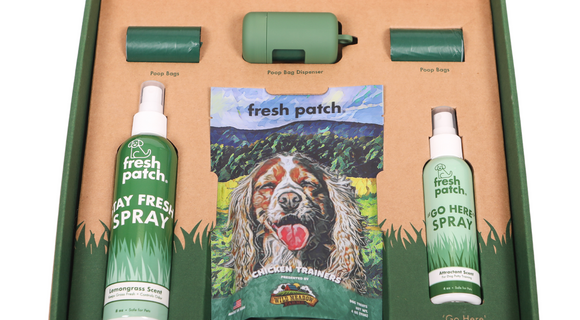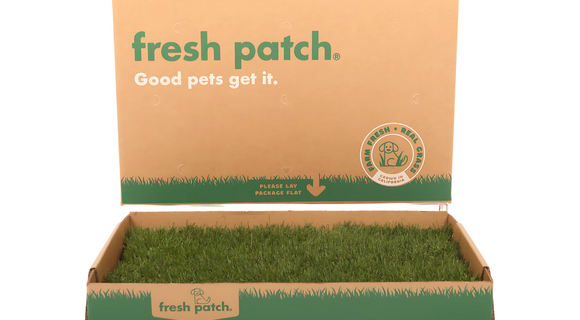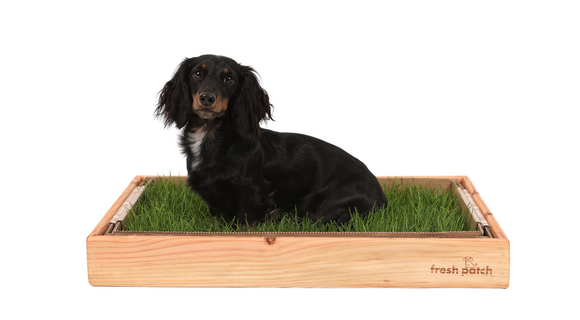Back To Work? 3 Essential Tips To Help Prevent Separation Anxiety

Separation anxiety in dogs is an issue many pet parents never think about until they have to deal with it. Dogs dealing with separation anxiety might engage in nervous or aggressive behavior when you are not there. Constant barking and howling, tearing up objects around the house, urinating in the house although the pup has been potty trained… These are all signs that point to separation anxiety.
One thing to remember before we start is that separation anxiety is very common with puppies and younger dogs. It might also resurface with adult dogs. If your dog starts behaving this way, it’s not the end of the world. It’s completely normal and possible to overcome. However, we should also remember that dogs suffering from separation anxiety are truly suffering, so we should try the best we can to prevent it. This article will give you some tips on how to do this.
What Causes Separation Anxiety?
Some dogs develop separation anxiety and some don’t. Nobody can be exactly sure what is the reason for this. However, we do know that some things, like traumatic events in the past, for example, can trigger anxiety issues.
Why This is Especially Important in the Times of COVID-19
During the pandemic, the lives of most of us have slowed down quite a bit. Even if still working, most people have been spending lots of time at home these days. And our dogs are getting used to it. As our lives start getting busy again, it’s important to make the transition as easy as possible for our pets.
This is especially true for pups that have been adopted since the pandemic has started and who have never got to know the regular daily habits of their new families. And there are actually quite a lot of them. Many animal shelters in the US have reported record numbers of adoptions, with some even ending up completely empty.
This is definitely a great thing, but as our lives come back to the regular rhythm, it’s important to take steps to prevent causing stress to our pets.
What Can You Do About it?
1. Start early
If your dog has never been left alone before (or not for a long time), it’s a good idea to start preparing for this before the dog actually needs to stay alone. Try teaching your dog to stay alone in a room while you are still home at first. This will help with developing independence. You can also start by leaving the house for short periods of time - no more than 15 minutes - and gradually increase the intervals.
2. Stay cool
Don’t make a big fuss when you are leaving the house. We all want to say goodbye to our dear pets and give them one last hug before we leave, but this should definitely be avoided if you’re worried about separation anxiety. If leaving the house looks like a big deal, the dog will think it’s a big deal. Stay cool and your pup will pick up on it.
3. Make sure your dog is getting enough exercise
Puppies who get less exercise are more likely to develop issues with anxiety. It’s really quite simple. A tired dog doesn’t have a lot of energy for anxious behavior. Make sure your dog gets enough exercise before you leave and your pet will most likely be a lot calmer.
Pro Tip: Use interactive toys to keep your dog entertained
When nothing seems to work, it might be possible that your dog is just bored. And what starts as boredom can develop into full-blown separation anxiety. Getting interactive toys, like the ones listed here, to stimulate your dog’s body and mind while you are away can be really helpful.
Final Thoughts
Even if we don’t want to, most of us have to leave our dog alone at home at least once in a while. Staying alone at home is a big deal for most puppies, so it’s important to take precautions and begin teaching independence as early as possible. During this time, all of us have a lot to think about, but we should never forget about our canine companions.
Give your PET the gift of REAL GRASS with FRESH PATCH!
Perfect for potty training and play enrichment. Our farm-grown pet grass is a natural solution that’s easy to use and delivered right to your home!






